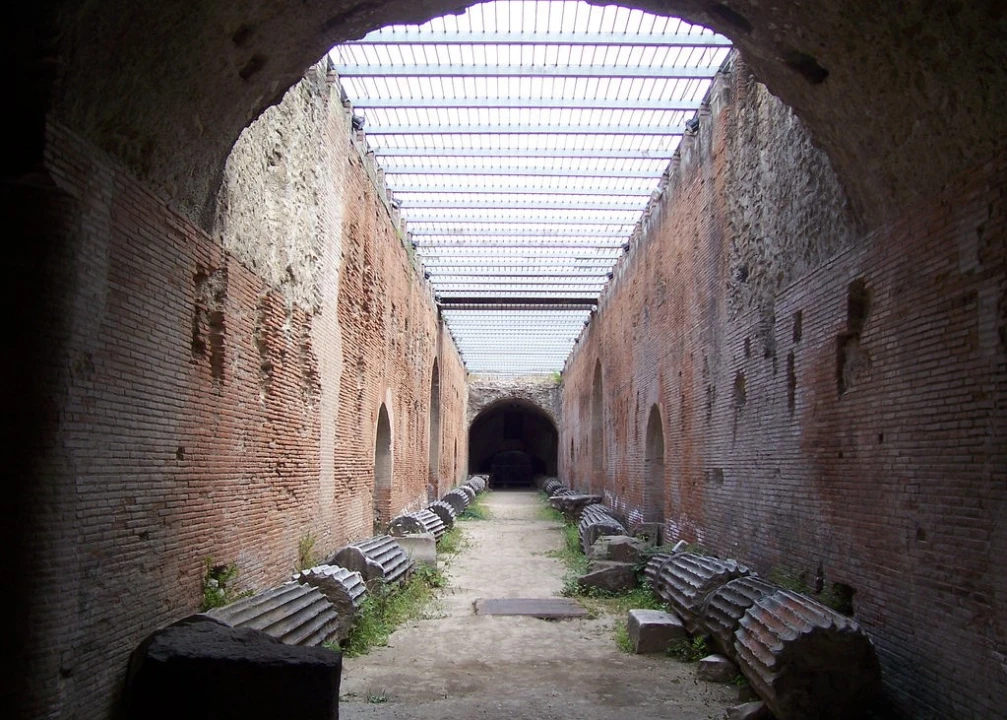Visitors can also go beneath the arena to explore the underground complex below the surface and, in doing so, get a sense of how the amphitheater operated in antiquity. The atmospheric corridors and subterranean chambers are filled with ancient stonework and objects. The openings in the ceiling and the long central ditch which divides the arena served to raise animal cages, performers, elaborate scenery, and decorations up to the surface via a sophisticated system of ramps and elevators.
The lavish entertainments would have been enjoyed by around 40,000 spectators in its heyday. The Flavian arena stands as the third-largest Roman amphitheater in Italy—after the Colosseum and the amphitheater of Capua—and its underground areas are possibly the best preserved.



